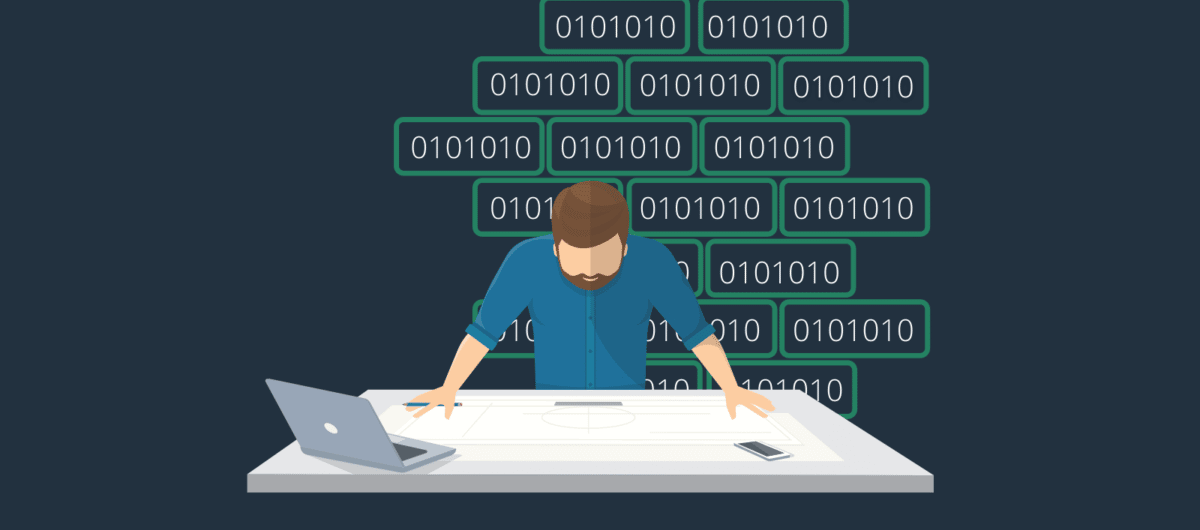Database release automation refers to the process of automatically managing and deploying changes to a database as part of an application release. This can include tasks such as schema changes, data migrations, and seed data updates. Database source control refers to the practice of using version control systems to manage and track changes to the database schema and seed data. This allows you to easily roll back changes and maintain a history of changes.
There are several patterns and antipatterns to consider when implementing database both, outlined below:
DO’s for database release automation:
- Version control: Use a version control system (such as Git) to manage and track changes to the database schema and seed data. This allows you to easily rollback changes and maintain a history of changes. Version control as the single source of truth for database deployments facilitates the ability to deploy changes consistently across all environments.
- Continuous integration: Set up a continuous integration (CI) pipeline to automatically build and test database changes as part of the application release process. This can help catch issues early in the development process.
- Test-driven development: Use test-driven development (TDD) to ensure that database changes are properly tested and validated before being deployed to production.
- One-click deployments: Implement a system for one-click deployments, where a single button press can automatically apply database changes to the appropriate environments (e.g., staging, production).
DON’Ts for database release automation:
- Manual deployments: avoid manually deploying database changes, as this can be error-prone and time-consuming.
- Lack of testing: don’t skip testing database changes, as this can lead to issues in production.
- No rollback plan: have a plan in place for rolling back changes in the event of an issue with a database deployment.
Similarly, there are several patterns and antipatterns to consider when implementing database source control:
DO’s for database source control:
- Version control: Similar to release automation patterns, using a version control system (such as Git) to manage and track changes to the database schema and seed data, allows you to easily rollback changes and maintain a history of changes.
- Store database schemas and seed data in version control: Storing the database schema (e.g. tables, views, stored procedures) and seed data (i.e. initial data used to populate the database) in version control, along with the application code, enables you to track changes to the database in a similar manner to application code changes.
- Use branches: Using branches in version control to manage different environments (e.g., development, staging, production), permits you to easily apply changes to the appropriate environment.
DON’Ts for database source control:
- Manual processes: As with release automation, manual processes for managing and tracking database changes should be avoided for the same reasons. Version control will automate the process, ensuring a history of changes is maintained, as well as facilitate rollbacks.
- No rollback plan: It is a best practice to have a plan in place for rolling back changes in the event of an issue with a database deployment.
- No integration with the application: Perhaps because they’re separated by teams, treating the database as a separate entity from the application is a mistake that happens too often today. Integrating the database with the application’s version control and release process helps to ensure that changes are coordinated and tested properly.
Implementing database source control is not difficult, especially considering the manual problems that it alleviates through the turnkey application for purchasing online. The database version control best practices explain how to make it easy for database Devs, DevOps and DBAs to make changes and work together at accelerated speeds without errors. And, while implementing database release automation is not quite the turnkey process as Source Control product (at least initially), the security, compliance, reduction of errors, and breathtaking decrease in time-to-market from a harmonized, automated database release will be evident on the very first release.
Database release management should no longer be just a nice-to-have, maybe-one-day, if-we-get-around-to-it process. The majority of application code developers moved to agile development long ago. Most have had version control and automated release management in place for years. That move only increased the burden on the database team, many of whom are still attempting to deploy database releases manually. Through the introduction of database source control, coupled with database release automation, the process will become more secure, effective, timely, and far less costly due to the prevention of reworked solutions and reduced downtime.
DBmaestro is here to help with both processes, with an easy, ironed-out method for setting your company up for success. Schedule a demo here, today.





